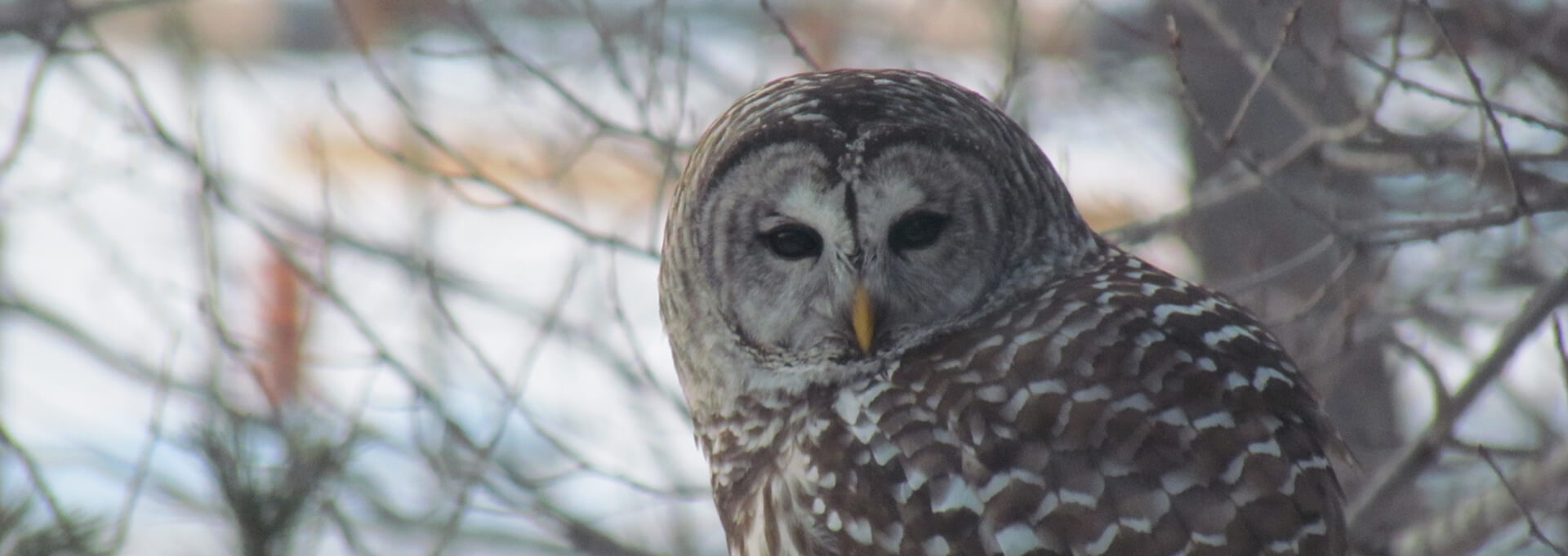Are All of Ontario’s Forests Managed?
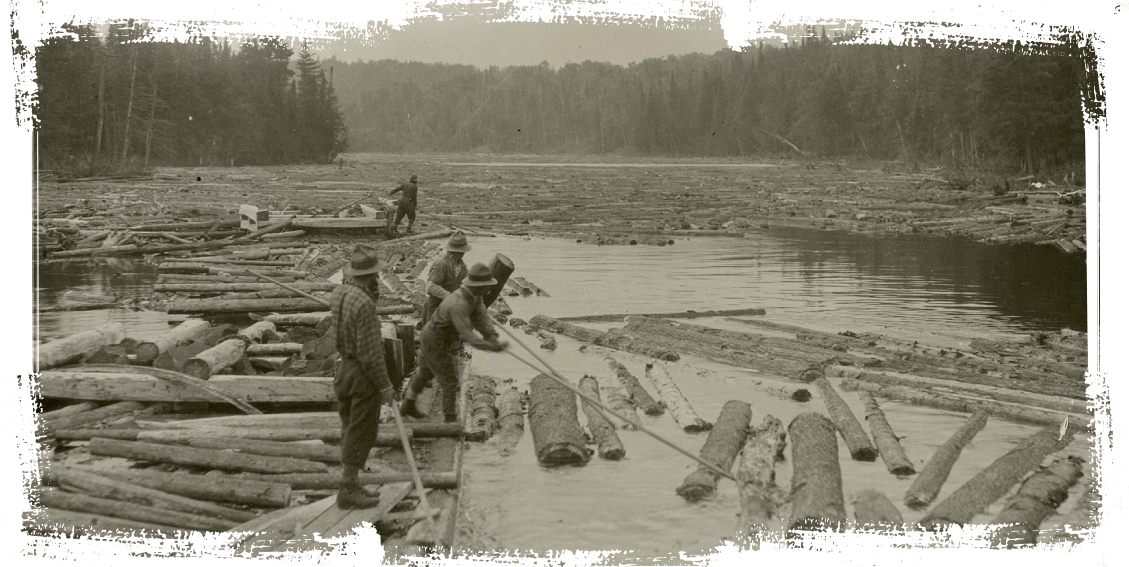
Sustainable forestry has changed considerably from the times when most Ontario forests were simply clearcut.
Nearly 90% of Ontario forests are publicly owned and referred to as “Crown Lands.” Roughly 44% of these Crown lands are managed forests. Any forest management activity within these areas are required by law to be managed sustainably.
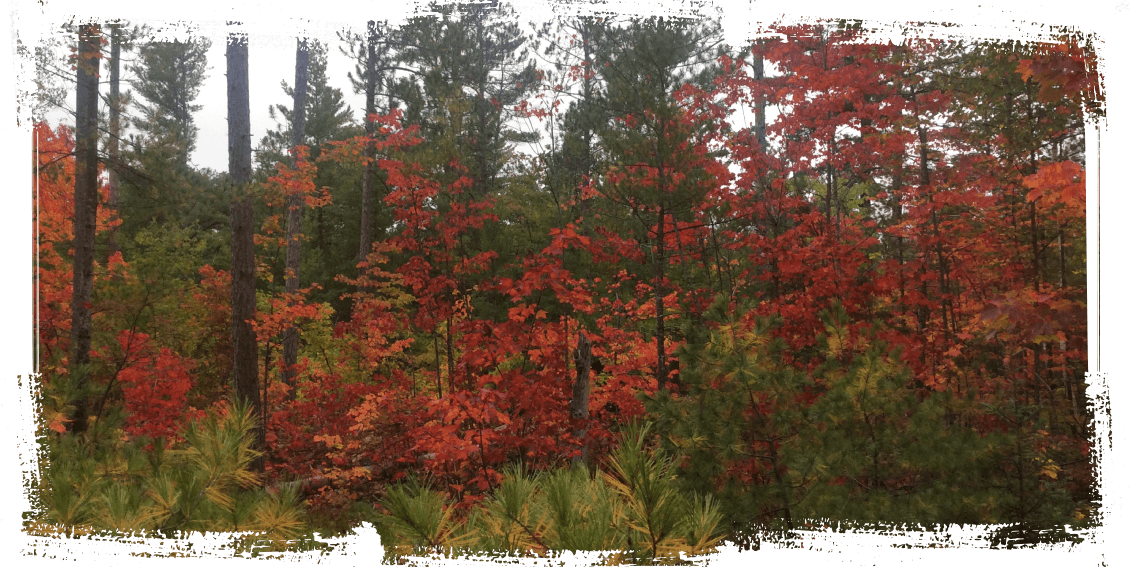
How Crown Forests Are Managed
Ontario’s managed forests are divided into geographic planning areas, known as management units. The forests we see here today are greatly influenced by logging activities that date back to the late 1880s. Westwind Forest Stewardship forestry staff, who manage this particular area of Ontario forest, now utilize silvicultural systems that are best suited to the site, stand conditions and shade tolerance of the tree species to renew the forest.
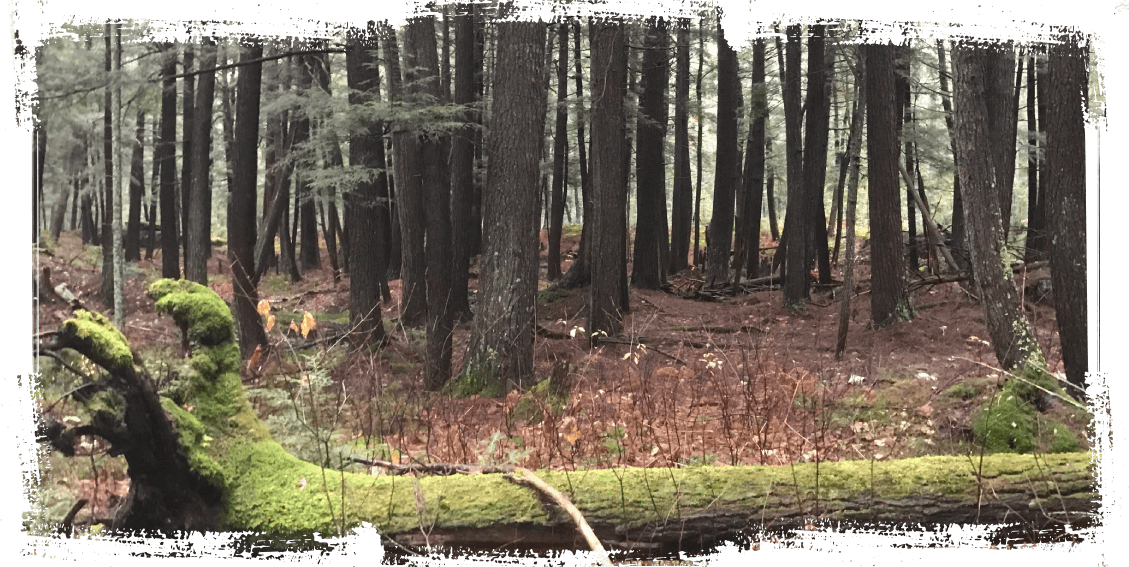
Forest Management Plans
Before any forestry activities can take place, a forest management plan must be prepared. Forest management plans include scientifically supported areas of concern planning on dozens of social, cultural and environmental values. Values that receive special consideration include cultural values, canoe routes, hawk and owl nests, heron colonies, fishery values, bear and wolf dens, and species at risk habitats.
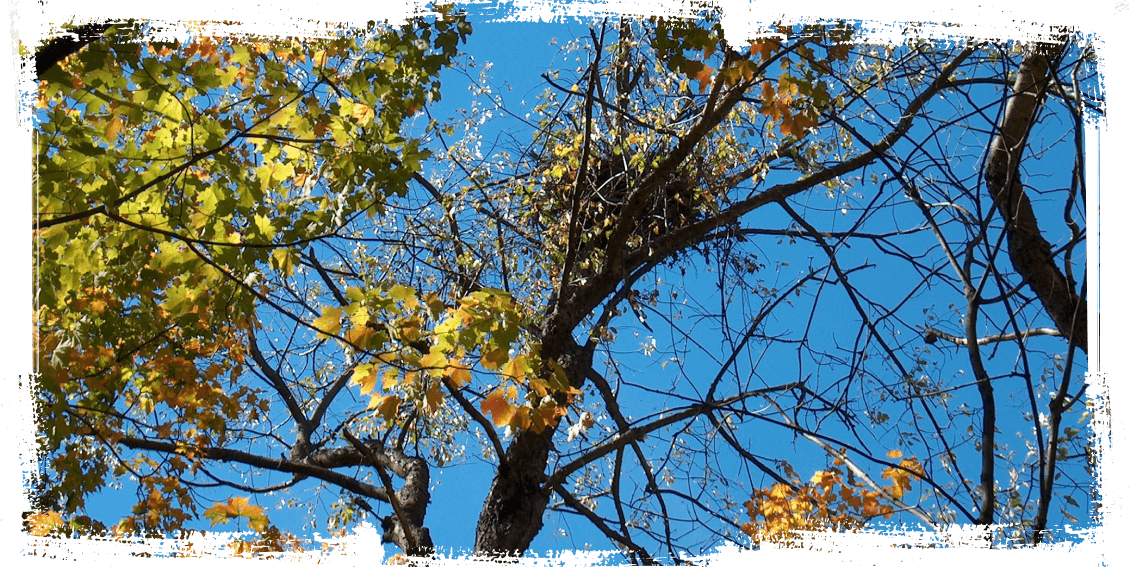
Biodiversity
Sustainable forest management uses a coarse filter system to ensure that there will be a diversity of forest types and ages into the future to provide habitat at a broad landscape level.
In individual forest stands, a fine filter approach is used to protect values that have specific value to various wildlife species as well as protecting water quality. Forest Management Plans developed by a team with broad expertise identify targets and strategies to achieve both coarse and fine filter approaches.
Maintenance of a variety of unique trees contributes to the continued health of wildlife populations. Cavity trees are trees with holes that may support denning, nesting, food storage and escape opportunities for a significant number of local wildlife species. Mast trees (e.g. red oak – acorns, black cherry) provide an important food source for birds, small mammals, deer and bear.
Super Canopy trees are large trees that rise above the forest canopy providing unique structure for wildlife – white pine is a common super canopy tree in our local forests. Retaining individuals and small groups of conifer trees (e.g. hemlock) in deciduous forests can provide cover to large game animals but are also preferred by some bird species such as the blackburnian warbler.
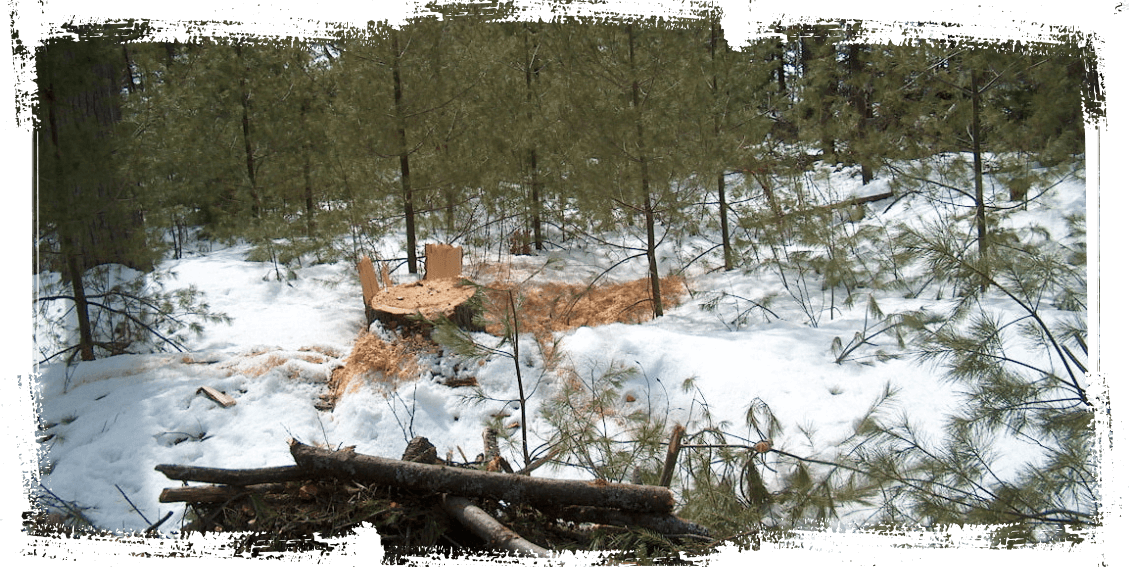
How Do Forestry Companies Decide How To Tackle A Particular Area of Forest?
1) Silviculture is the practice of controlling the growth, composition/structure, and quality of forests, addressing site and stand conditions.
2) Landscape level analysis occurs on a forest level during forest management planning to ensure a coarse filter approach which maintains diversity within forest stands and a diversity of ecosystems across the landscape, in order to meet most of the habitat requirements of most of the native species.
3) Fine filter approaches occur to protect known unique features (e.g. hawk nests, aquatic features, species at risk habitat) as well as maintain sufficient numbers of stand components that maintain biodiversity – mast trees (oak, cherry), cavity trees (for denning, hiding, nesting, escape) and super canopy trees.
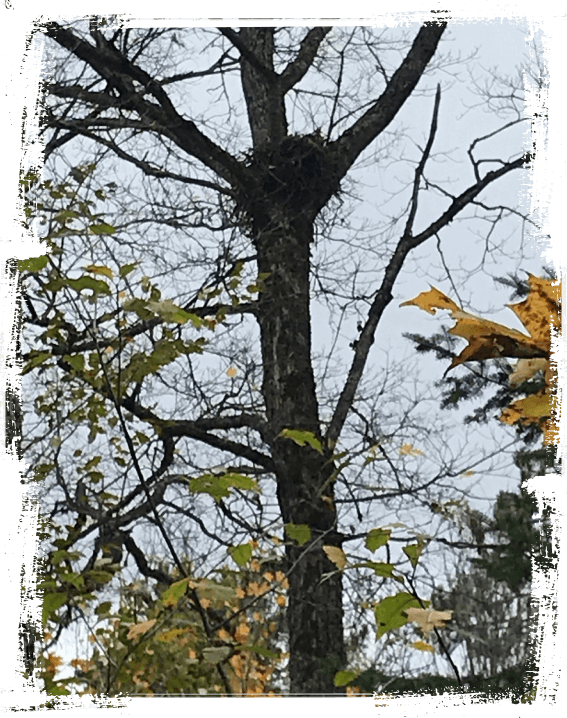
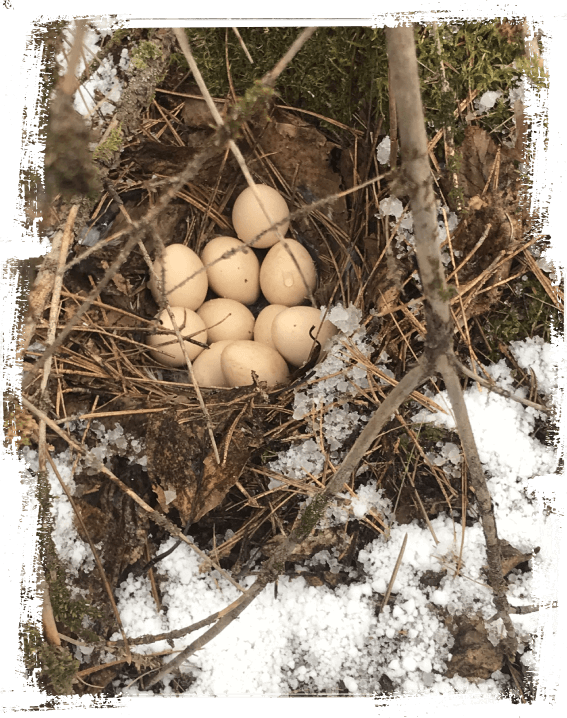
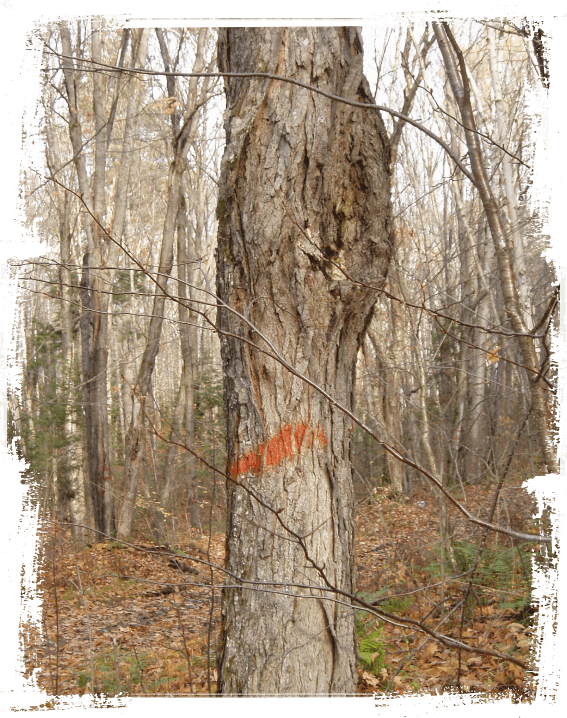
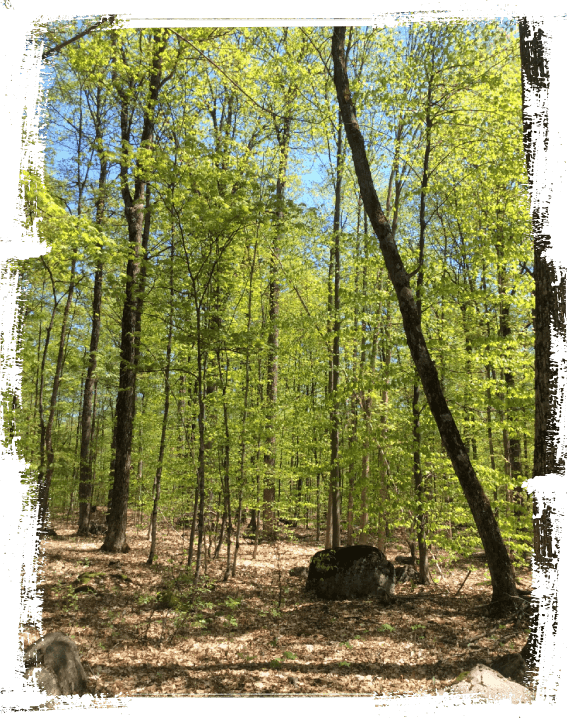
Without our historical connection to forestry operations in the South River area we would not be blessed with the wonderful Forgotten Trails for hiking, biking skiing, and snowshoeing. Forestry operations provided the base upon which many of our forest trails were founded.
